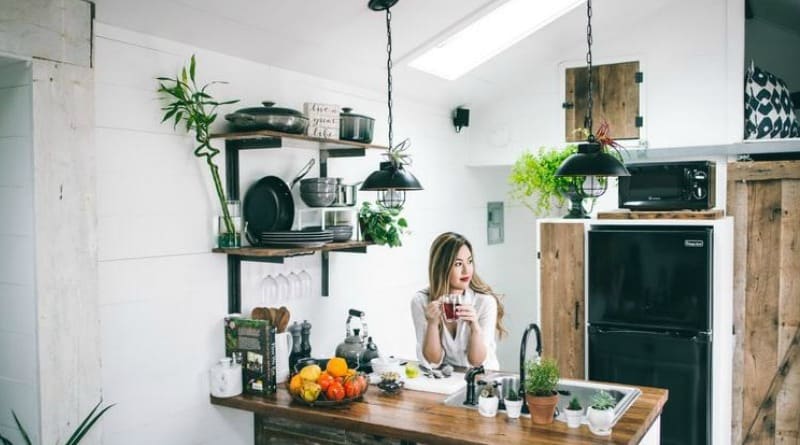How to Illuminate the Interior of Your Home

Enhancing your home’s interior lighting is one of the simpler things you can do to upgrade the look of your abode without requiring any major renovation. Aside from this practical benefit, proper indoor lighting also improves the home’s aesthetic appeal. And if the homeowner is a senior, adequate lighting helps increase their living space’s safety and navigability.
All these are good reasons to learn about good indoor lighting practices, points out Colleen of Income Realty. Once you understand the principles behind the process, you will be able to apply the right fixture for every space, draw attention to your home’s architectural assets, and create structural harmony in your home.
Below is a crash course on the different types of lighting and a brief description of how you can use each to augment your personal space.
Three Types of Interior Lighting
Ambient Lighting
Also called general lighting, ambient lighting aims to provide a comfortable level of illumination to the room or space without the annoying glare. Ambient lighting sets of the tone of the scene by making an equal distribution of illumination in the space. You can use it to your advantage to create focal points and highlight objects and corners in any given amount of square footage.
Ambient light can be accomplished by using both artificial and natural light sources to light up and help you navigate an area. Recessed lights, ceiling-mounted fixtures, hanging lights like chandelier installations, and track lights are commonly used to achieve the essence of ambient lighting. If you’ve already used tips to get more natural light in your room but still feel the space could use more brightness, adding these ambient fixtures can help balance your natural lighting and create the perfect mood.
Task Lighting
Sometimes, no matter how naturally lit a certain room is, you will still need additional illumination to carry out certain tasks. For these purposes, task lighting is applied.
For instance, supplementary fixtures may be added in the kitchen to assist you in food preparation. The same can be said about the dining table, where pleasant conversations can be had when the environment is right for them.
Task lighting produces a kind of illumination that is pleasant and not harsh to the eyes after a prolonged period of use. And because the task lights’ purpose is specific, you can install them separately from your natural ambient lighting fixtures.
The most common lighting units used for task lighting include downlights, pendant lighting, and portable lamps.
Accent Lighting
While the goal of ambient lighting is, generally, to help illuminate an area for its practical purposes, accent lighting is installed with a more cosmetic purpose in mind.
Accent lighting is the type of lighting that draws the eyes to corners or features of a room or building that you may want to emphasize. To achieve this, accent lights are generally brighter than most ambient light fixtures are.
Accent lighting can be achieved by using track lights, wash lights, downlights, as well as LED wall-mounted fixtures.
Light Up Like a Pro
To achieve the best lighting setup for your home, you need to be able to strategically combine these lighting types.
No worries. Getting the best results takes practice. If lighting design is something that doesn’t come to you intuitively, follow these lighting hacks and tips, and see your personal space transform.
- Use reflective surfaces, like glossy wall paint, or reflective furniture like mirrors to help bounce off light across surfaces.
- Go bright to up the intensity of illumination in your space. Use dimmers if you want to be able to adjust the amount of light in a room.
- Use neutral hues for your rooms to create a character if you don’t want a room that’s too white and flat.
- Create contrast by choosing a divergent color of furniture pieces to match your bright, well-lit room. This prevents the room from getting too bright.
- Experiment with rope or tape lights especially when you want to accentuate certain parts of your wall or ceiling or highlight specific architectural high points.
Final Word
For more homes, planning your interior lighting setup may begin with ambient lighting in mind. But in truth, it’s best to start thinking about purpose and your home’s natural architecture first before you map out the whole plan.
What's Your Reaction?
Newly middle-aged wife of 1, Mom of 3, Grandma of 2. A professional blogger who has lived in 3 places since losing her home to a house fire in October 2018 with her husband. Becky appreciates being self-employed which has allowed her to work from 'anywhere'. Life is better when you can laugh. As you can tell by her Facebook page where she keeps the humor memes going daily. Becky looks forward to the upcoming new year. It will be fun to see what 2020 holds.



